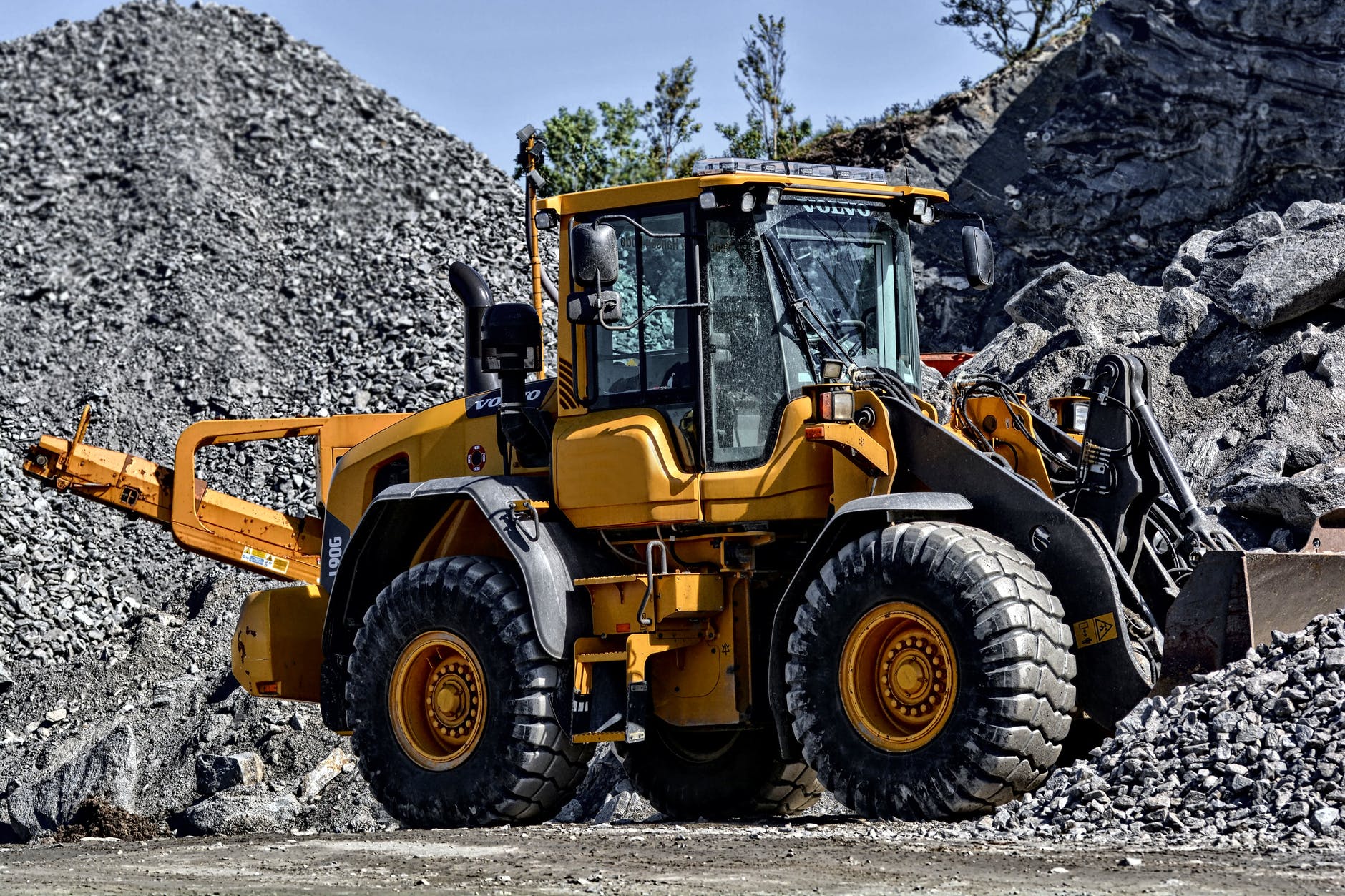Whether in agriculture or construction, you can not perform what you do without heavy machinery. Transferring this heavy machinery over long or short places can be challenging due to its dimension and weight. Heavy machinery should be appropriately supplied and shielded before it is transported to eliminate injuries. Making use of these guidelines, moving weighty tools will be a breeze and secure.
Tips for Moving Your Heavy Machinery
There are various sizes offered for machinery. Depending on their size, you may have trouble relocating them. Relocating heavy equipment from one area to another shows many future threats considering the quality of the cargo. You need to identify what you are doing to be secure. To aid you in moving safely, we have put together this guide.
Plan
It is challenging to transfer heavy machinery. Before you even consider moving anything, you will require a well-thought-out plan. An extensive plan for moving entails having all details figured out ahead of time. This is the key to all of it. You will waste precious time, money, and chances if you do not have them. Creating expensive errors is the outcome of an absence of preparation. Plan the process of machinery rigging to prevent the hassle.
Budget
The budget will always be the most integral part of any plan. Think of the price of moving a machine for a certain amount of time. Then find out the overall expense of the components and the employment. In this case, your only expense is transferring your heavy machinery. Think about, for example, if you prefer to hire a relocation company or buy your own moving materials. Include in your budget planning the custom lubrication system design to avoid corrosion and contamination by dirt in your equipment.
Schedule
The best moment to transfer heavy machinery is when it is not in use. This also requires avoiding any problems. High efficiency and low danger can be reached on sunny days. Less personnel on site is simpler to control from a safety and security point of view when individuals are scheduled. Heavy machinery may be restricted from traveling or touching the surface on public highways. There is no need for a rash job when you schedule in advance and provide your staff members sufficient time to do their work accurately and without mistake.
Study
If you make an effort to inform yourself throughout the planning phase, you can make sure that you will be prepared to manage all the responsibilities assigned to you. Many training and workshops are accessible if you are uncertain of your capability to move heavy machinery. Having some safety training can assist you in numerous methods.
Risk Assessment
Moving heavy machinery can be a dangerous endeavor, too. You should watch out for possible dangers and risks as you go through the moving procedure. You should constantly advise yourself that accidents often exist when relocating heavy machinery. Ensure you have carried out everything you can to prepare yourself. Using risk assessment, you can find out how to relocate heavy equipment securely. Visit matcom.com to help you.
Communication
After the preliminary planning stage, a lot of work can still be accomplished to guarantee the protection of your staff. To avoid problems while relocating heavy machinery, you need to encourage open communication throughout the process. Your team or managers should also know where and when you started moving heavy machinery. You should alert your subordinates asap if something unanticipated happens.


